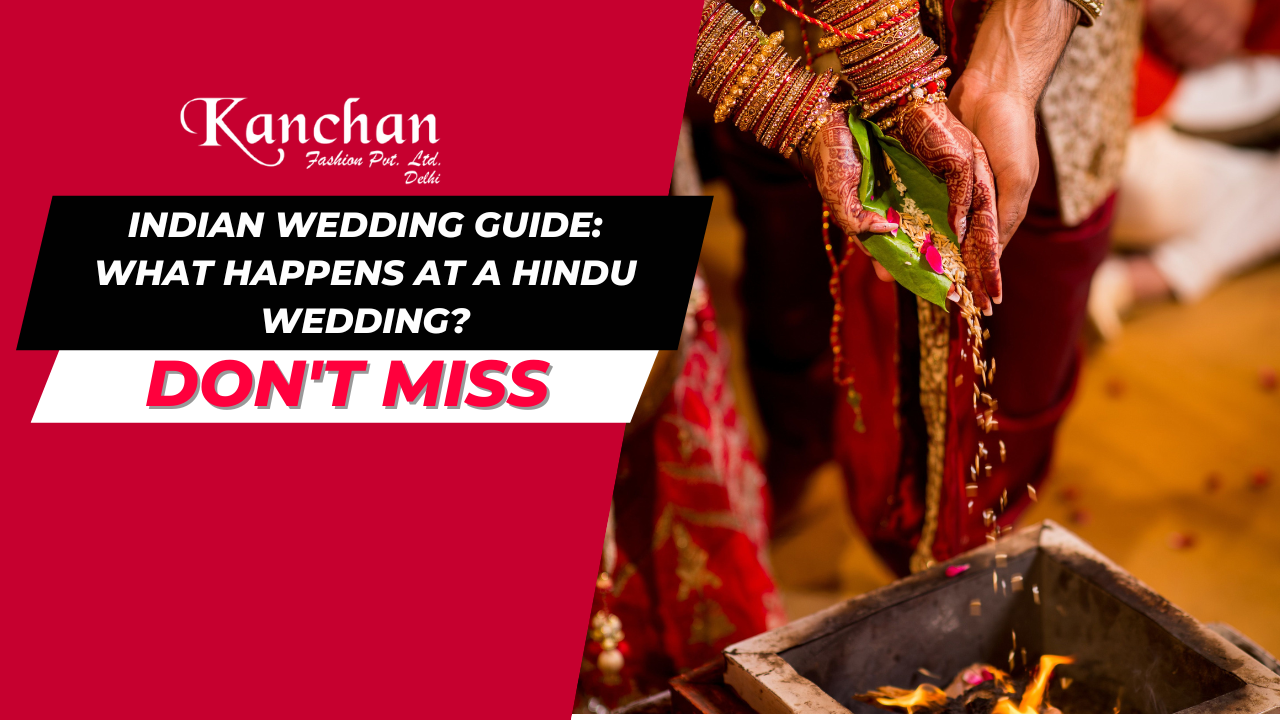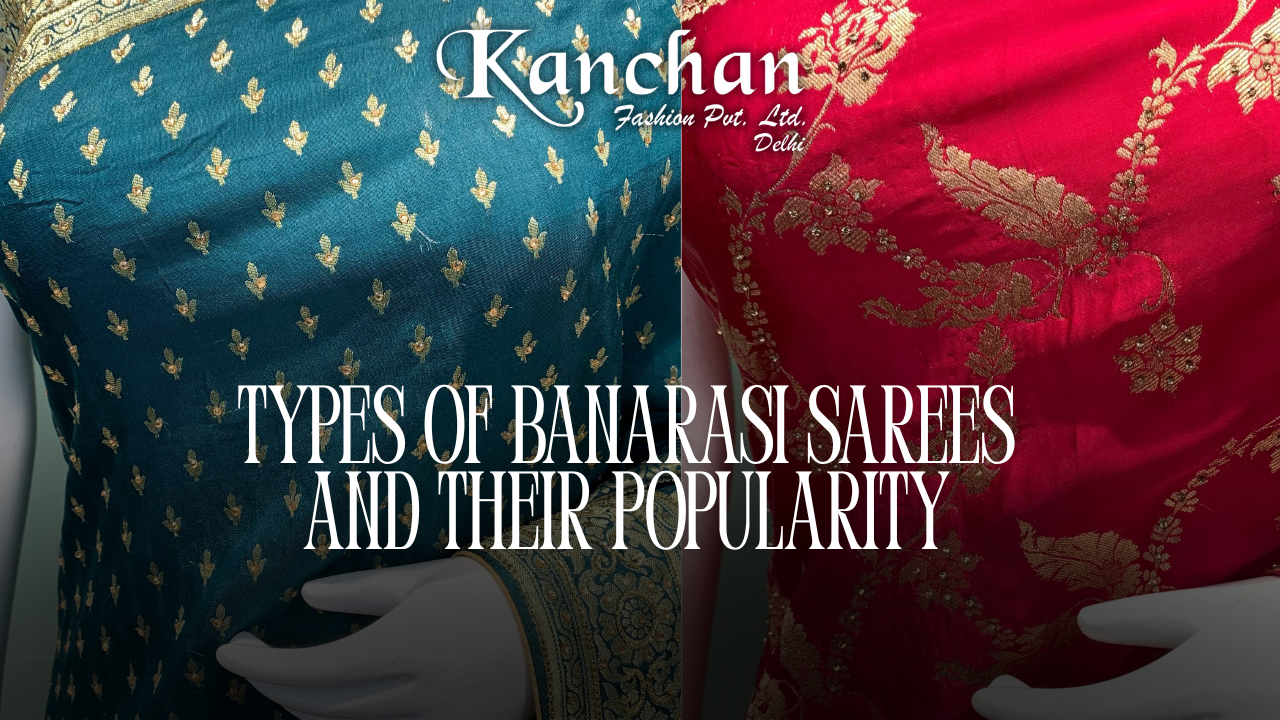Outline Table
| Heading | Subheading |
|---|---|
| Introduction | Understanding Hindu Weddings |
| Rituals | Pre-Wedding Rituals |
| Wedding Day Rituals | |
| Post-Wedding Rituals | |
| Significance | Cultural Importance |
| Religious Symbolism | |
| Attire | Bride's Attire |
| Groom's Attire | |
| Decorations | Venue Decoration |
| Ceremonial Setup | |
| Food | Traditional Cuisine |
| Ceremonial Feasts | |
| Music & Dance | Musical Instruments |
| Traditional Dances | |
| Conclusion | Summarizing the Essence |
| FAQs | Explaining Key Aspects of a Hindu Wedding |
INDIAN WEDDING GUIDE: WHAT HAPPENS AT A HINDU WEDDING?
Introduction
Hindu weddings are a vibrant tapestry woven with traditions, rituals, and cultural richness. Understanding the essence of these ceremonies unveils a world steeped in history and spiritual significance.
Understanding Hindu Weddings
Hindu weddings are not just unions; they are sacred bonds celebrated amidst elaborate ceremonies.
Rituals
Pre-Wedding Rituals
Before the wedding, various ceremonies like Ganesh Puja and Mehendi take place. These rituals bring families together and invoke blessings for the couple's future.
Wedding Day Rituals
Vara Satkaarah welcomes the groom, followed by the Kanyadaan where the bride's father gives her away. The Saat Pheras around the sacred fire symbolize vows and commitment.
Post-Wedding Rituals
After the wedding, rituals like the Grihapravesh welcome the bride into her new home, marking the beginning of her new life.
Significance
Cultural Importance
Hindu weddings are a confluence of traditions from various regions, representing unity in diversity.
Religious Symbolism
Each ritual holds profound symbolism, signifying values like love, commitment, and fidelity.
Attire
Bride's Attire
The bride dazzles in vibrant sarees or lehengas adorned with intricate jewelry and henna designs.
Groom's Attire
The groom complements the bride's elegance in traditional outfits like sherwanis or dhotis.
Decorations
Venue Decoration
Elaborate decorations with flowers, colors, and traditional elements adorn the wedding venue, creating a festive ambiance.
Ceremonial Setup
Mandaps or sacred altars are beautifully decorated, serving as the focal point of the wedding rituals.
Food
Traditional Cuisine
A grand feast awaits guests with a delectable array of traditional dishes from different regions of India.
Ceremonial Feasts
Feasts like Sangeet and Haldi ceremonies showcase a variety of regional delicacies, symbolizing abundance and hospitality.
Music & Dance
Musical Instruments
The wedding resonates with the melodious tunes of instruments like the tabla, sitar, and dhol.
Traditional Dances
Colorful and energetic dances like the Garba and Bhangra grace the celebrations, adding joy and fervor.
Conclusion
A Hindu wedding is not just a ceremony; it's an embodiment of cultural richness, traditions, and spiritual beliefs that bind families and communities together.
FAQs
-
What is the significance of the Saat Pheras? The Saat Pheras symbolize the seven vows taken by the couple, promising lifelong companionship and togetherness.
-
What does the Mehendi ceremony signify? Mehendi symbolizes love, prosperity, and the bond between the bride and groom.
-
Why is the Kanyadaan ritual significant? Kanyadaan is the sacred moment where the father gives away his daughter to the groom, symbolizing her transition to a new family.
-
What is the importance of the Grihapravesh ceremony? Grihapravesh marks the bride's entry into her new home, bringing prosperity and blessings to the household.
-
How long do Hindu weddings typically last? Hindu weddings can range from a day to several days, depending on the customs and traditions followed.









